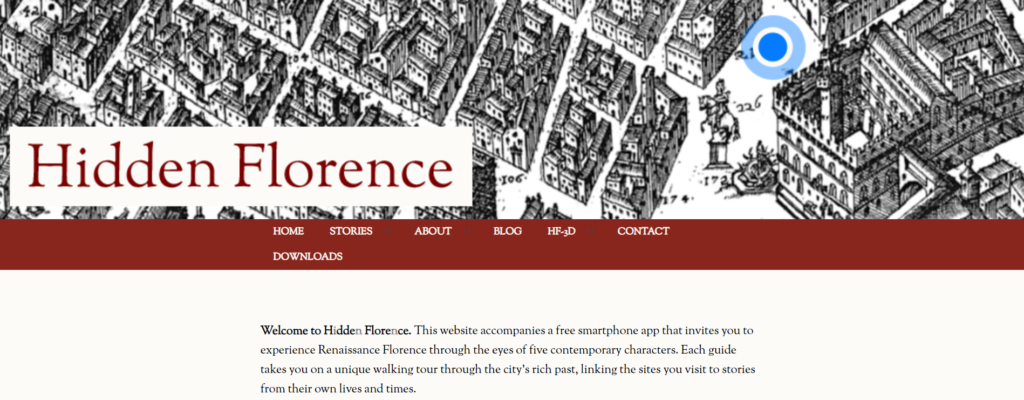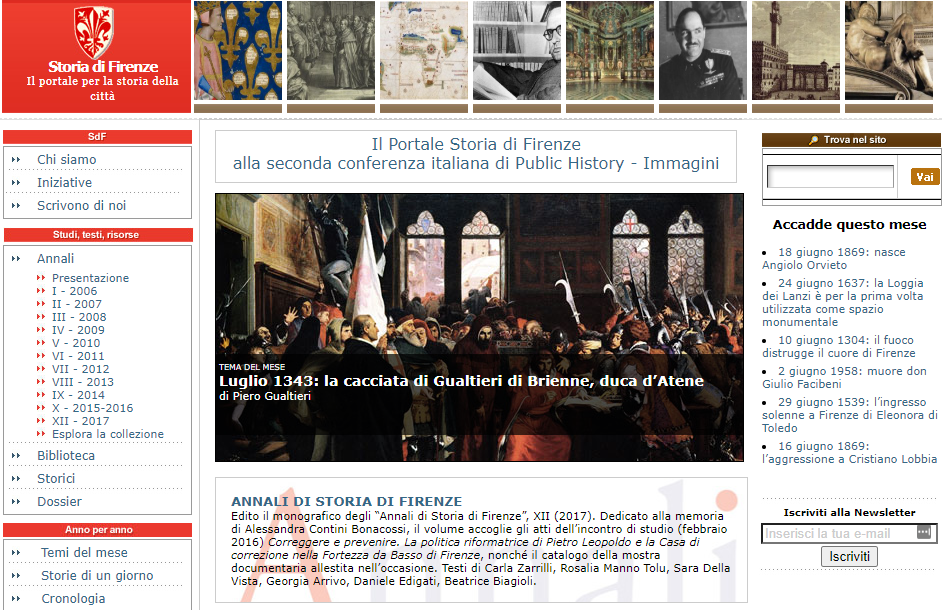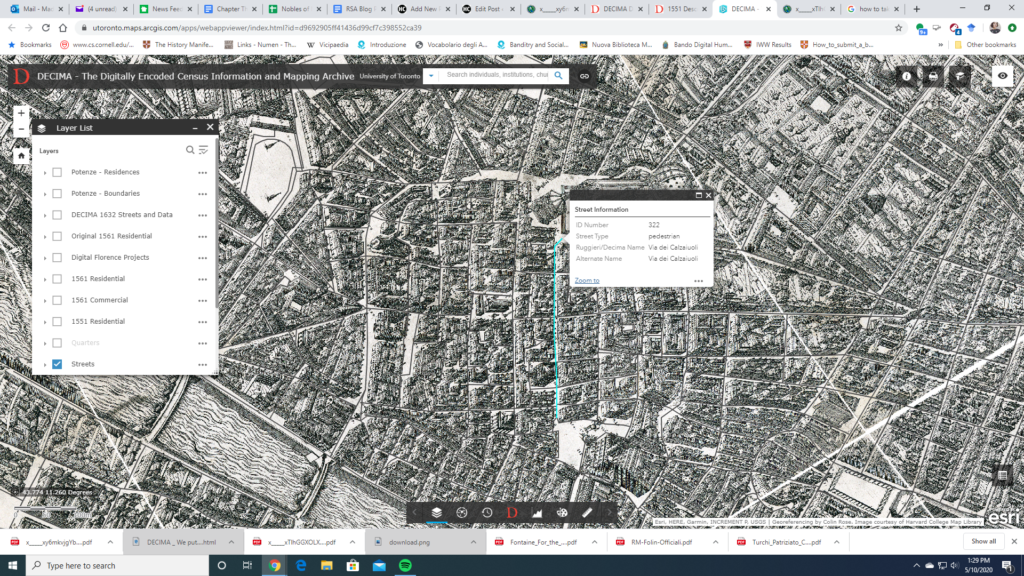
The Medici Archive Project began as an electronic database of letters and other documents in the Medici Granducal Archival Collection and has evolved into a research institute supporting digital projects and offering seminars and fellowships.
MAP’s online collection, BIA provides access to an unparalleled range of digitized early modern material. The material comprises over 24,000 transcribed documentary records, 18,000 biographical entries, 87,000 geographical and topographical tags, and over 300,000 digitized images from 292 volumes of the Mediceo del Principato. Aside from providing a faster and more user-friendly interface for document entry, BIA has enabled scholars from all over the world, not only to view digitized images of archival documents, but also to enter transcriptions, provide scholarly feedback, and exchange comments in designated forums, all within BIA’s academic community of over 2400 international scholars, students, and enthusiasts who daily engage with one another, with the ever-increasing number of uploaded digitized documents, and with the staff and fellows of the Medici Archive Project.





